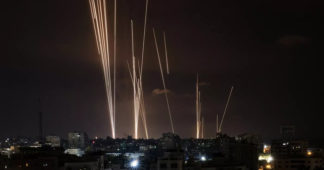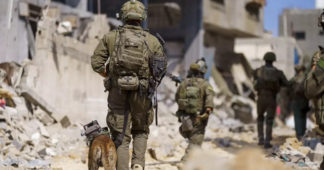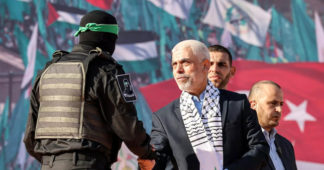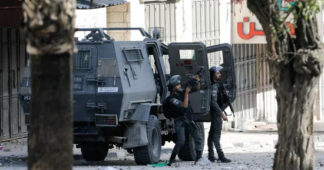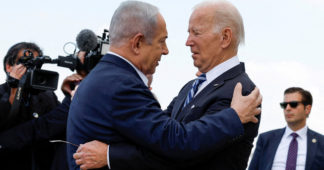After four years reporting from Israel and Palestine, our correspondent is returning to the UK. She reveals the grief, horror and hope that defined her time there
By Bethan McKernan
Thu 29 May 2025
Three days before Hamas’s 7 October 2023 attack on Israel, I was helping friends who live in Gaza City gather armfuls of guava in their orchard in Beit Hanoun, in the north of the Strip, when something strange happened.
Hamid and Rania* had bought the small plot the year before. It was overgrown, but over the changing seasons they’d worked hard on their expensive acquisition. I called it the secret garden, a tiny oasis in the midst of the dry, dirty misery of Gaza.
As well as guava, there were apple, fig, lemon, orange and olive trees. The couple planted grapefruit and pomegranate saplings, and dug vegetable beds for tomatoes, herbs and spices. Rania also put in yellow and red chrysanthemums in flowerpots made out of stacks of worn-out car tyres.
The couple bought a water tank and fixed the broken outhouse. The existing shack, originally little more than breeze-blocks, a dirt floor and tin roof, was refurbished, complete with a bed and a shady roof terrace.
From the terrace, you could see the Mediterranean sparkling in the distance. To the north, usually only half visible through the mist, were the towers of a desalination plant in the Israeli city of Ashkelon. The plot was surrounded by Gaza’s biggest area of open, flat agricultural land, which mostly amounted to a few other small walled orchards and strawberry fields. Teenage boys often herded scraggly goats and sheep through the area.
It had been a day like any other until the sound of men’s voices, shouting in unison, carried to us over the wind. It sounded like a military drill.
We went up to the roof terrace, from where we could see several dozen men, standing in formation, in a fallow field. Even from a distance it was clear they were wearing the bright green insignia of Hamas’s armed wing, the Qassam Brigades.
None of us had ever seen so many fighters in Gaza out in the open before, let alone training in full view of the farmers around them and Israeli drones above. Outside wartime, that uniform was usually reserved for funerals and rallies. Along with the rest of the world, we found out the purpose of the drill soon enough.
I left for Jerusalem the next morning, through the border fortress the Israelis called Erez, and went to Shabbat dinner with Jewish and Arab Israeli friends that night. How was Gaza, they asked, always curious about a place they could never visit. Quiet, I said. So quiet, in fact, I’d been able to interview people for a feature about the revival of beekeeping there. I thought the fact that the bees could travel further than their Palestinian owners, flying over Israel’s border fence to greener pastures, would make a good story.
But, of course, I never wrote that article. Instead, I was soon on the other side of the barrier from Beit Hanoun, running from incoming rockets, getting caught in crossfire between Hamas and the Israeli army still fighting in a kibbutz, and retching at the smell of the bodies of murdered families decomposing in the unseasonal heat.
Continue reading at www.theguardian.com
We remind our readers that publication of articles on our site does not mean that we agree with what is written. Our policy is to publish anything which we consider of interest, so as to assist our readers in forming their opinions. Sometimes we even publish articles with which we totally disagree, since we believe it is important for our readers to be informed on as wide a spectrum of views as possible.
